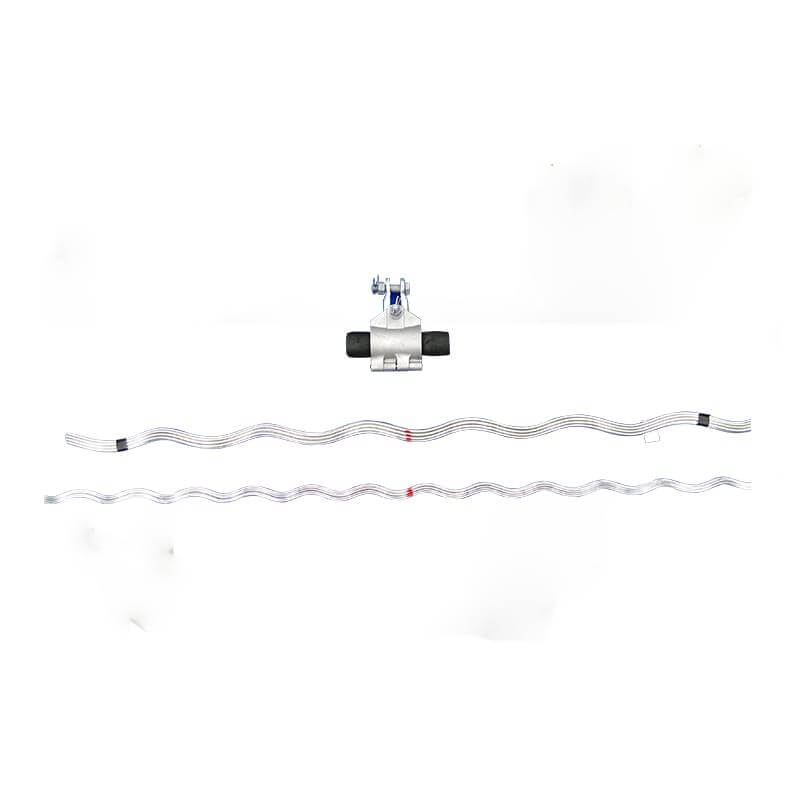- Sales SupportContact Sales
- Call us at: +(86) 15211074652
- Send us a email at: info@zr-fibercable.com
adss optical cable installation equipment
Equipment of construction equipment
(1) Tension machine: The tension machine is a necessary tool in the construction process of the optical cable. The tension of the tension machine should be flexibly adjusted, and the tension range should be between 1 and 5kN. The wheel diameter of the tension machine should not be less than 600mm, and the wheel groove should be rubber Or made of nylon, the depth of the wheel groove should be greater than the outer diameter of the optical cable, and the width of the wheel groove should be greater than 1.5 times the diameter of the optical cable.
(2) Traction rope: In order to effectively protect the optical cable, a traction rope must be used during the erection process. The traction rope is made of aramid fiber bundles and polyethylene sheath. Its advantages are: 1. Good electrical insulation performance; 2. Weight Light; 3. The elongation rate is small; 4. It will not circle after the tension is released.
⑶. Cable rack: The cable rack should be able to support the cable reel. It is recommended to use a shaft-type cable rack. During the cable release process, the cable drum and the axis do not move relative to each other. The cable rack should be equipped with a braking device, and the height should be freely adjustable according to the size of the cable drum.

⑷ Pulley: The optical cable is inseparable from the pulley during the entire traction process. The quality of the pulley is related to whether the optical cable can be effectively protected. The wheel groove of the pulley should be made of nylon or rubber. The pulley should rotate flexibly. The diameter of the pulley used at the corner tower and terminal tower must be greater than 500mm. The width and depth of the chute are the same as those of the tension machine. The assembly should be done in the correct order. The optical cable should be basically not squeezed. Pulls smoothly.
⑸ Traction machine: The wheel-type and reel-type tractors used in the construction of power lines can be used for the installation of ADSS optical cables, and should be selected according to the actual situation and previous construction experience during construction.
⑹. Traction net sleeve and twist back device: Traction net sleeve is used to pull the optical cable and make it pass through the pulley smoothly. The net sleeve should be a double-layer or three-layer twisted hollow rod, and its inner diameter matches the cable diameter. During the pulling process, the pulling tension is consistent with the pay-off tension. The net sleeve is equipped with a rotary twister to prevent the cable from being twisted during the pulling process.
⑺. Auxiliary facilities: Before installation, walkie-talkies, climbing boards, safety helmets, safety belts, notice boards, grounding bodies, traction ropes, electroscopes, tensiometers, moso bamboo, and transportation tools must be fully prepared.
Safety matters: In the process of erecting optical cables, the safety of personnel is important. For specific problems in construction, please follow the safety regulations and precautions of the construction unit, and do not take any risks.
When installing ADSS, all safety regulations of the construction unit must be followed. When necessary, warning signs and traffic guides should be used to delineate the work area and guide traffic. When working on streets and highways, the optical cables should be placed in the same direction as the traffic flow, and special personnel should be assigned to direct the traffic.
All installers must use the correct installation tools and use appropriate personal protection measures to perform the correct work. If improper equipment is used, it may cause harm to construction personnel and optical cables.
When the ADSS optical cable is installed when the transmission line is in operation or there are other power supply lines crossing on the pole tower for installation, it is necessary to carefully read the safety precautions for overhead operation of the transmission line and the relevant operating technical requirements in advance.
Although ADSS is an all-dielectric structure, the surface of the optical cable and the surrounding air will inevitably be contaminated with water, which will bring a certain degree of conductivity. Therefore, when working in a high-voltage environment, the optical cable and its hardware connection accessories should be grounded before direct contact.
You might be interested in
We use cookies to ensure that we give you the best experience on our website. By clicking on "Accept" or continuing to use this site, you agree to our use of cookies in accordance with our Cookie Policy .You can refuse the use of cookies here.
Accept

